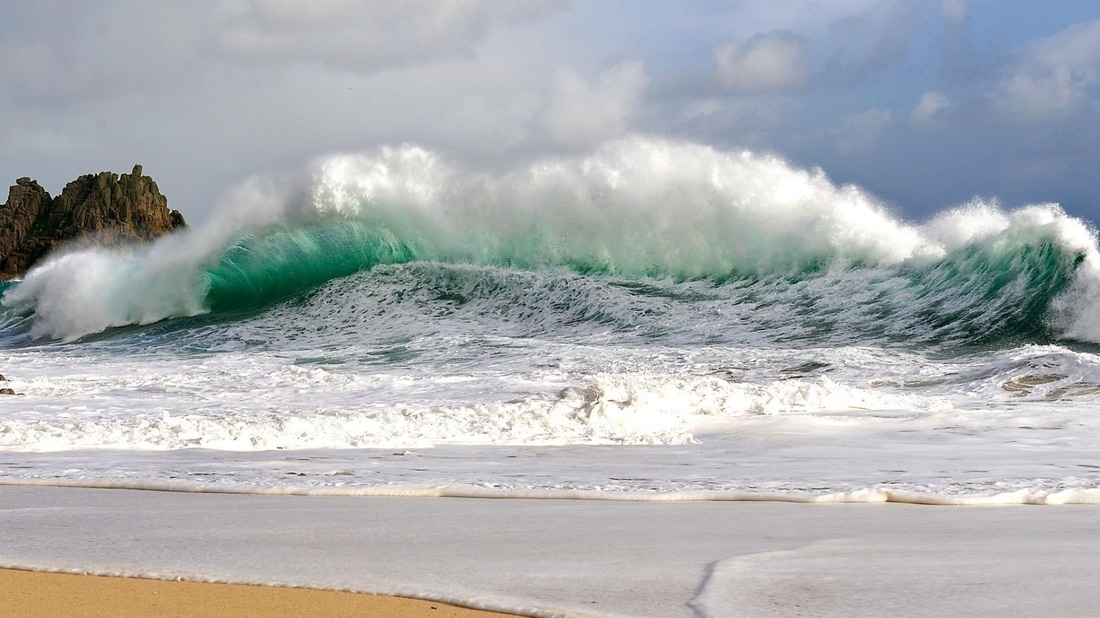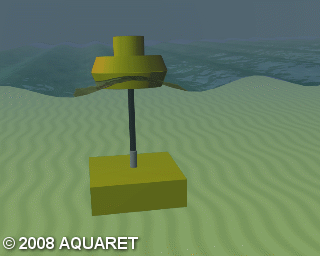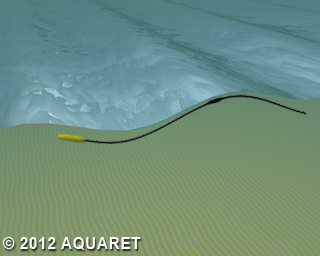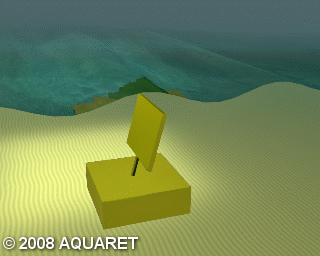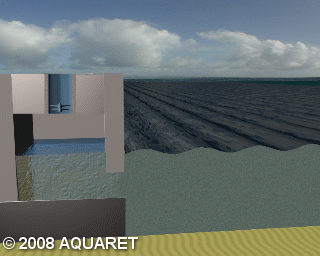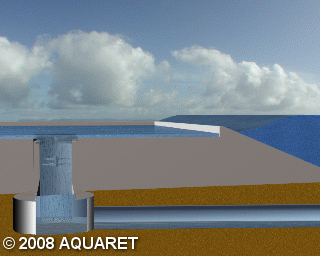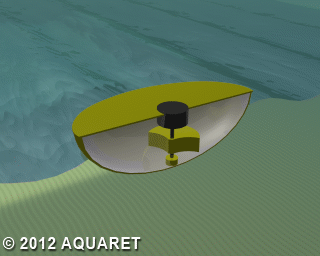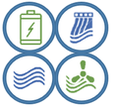Background
Wave power is harnessed from the kinetic and potential energy of travelling ocean waves, typically stimulated by the friction of wind over the surface of the sea. By converting this motion through varying power take off (PTO) mechanisms, this energy can be used to generate electricity, either off or onshore. Although not fully commercialised, some notable technologies have emerged as fore runners in this emerging market, Wave Dragon, Pelamis, LIMPET being examples.
Due to the level of technical maturity and the lack of field tested options, there exists a genuine difficulty in quantifying the challenges and benefits of various wave energy converters. Notably, the distance of a device from landfall is a both a major economic and technical element and merits extensive consideration in the decision making process; additionally, power take off, and mooring methods vary greatly across the spectrum of devices. Quantifying and comparing these elements fall within the scope of the key aim of this tool; to reduce the initial time and investment in early project stages by highlighting potential resources and suitable methods of extraction.
As can be seen below, there are various methods of capturing wave power, all with different optimal operating conditions. The aim would be to build a library of wave energy convertor technology in the latter stages of technological readiness levels (TRL) which can be easily accessed, quantified and compared.
Due to the level of technical maturity and the lack of field tested options, there exists a genuine difficulty in quantifying the challenges and benefits of various wave energy converters. Notably, the distance of a device from landfall is a both a major economic and technical element and merits extensive consideration in the decision making process; additionally, power take off, and mooring methods vary greatly across the spectrum of devices. Quantifying and comparing these elements fall within the scope of the key aim of this tool; to reduce the initial time and investment in early project stages by highlighting potential resources and suitable methods of extraction.
As can be seen below, there are various methods of capturing wave power, all with different optimal operating conditions. The aim would be to build a library of wave energy convertor technology in the latter stages of technological readiness levels (TRL) which can be easily accessed, quantified and compared.
